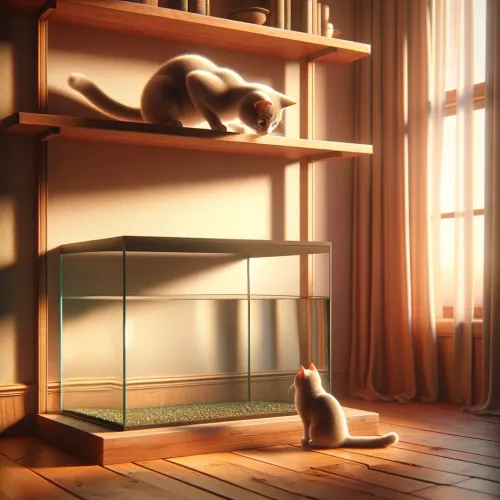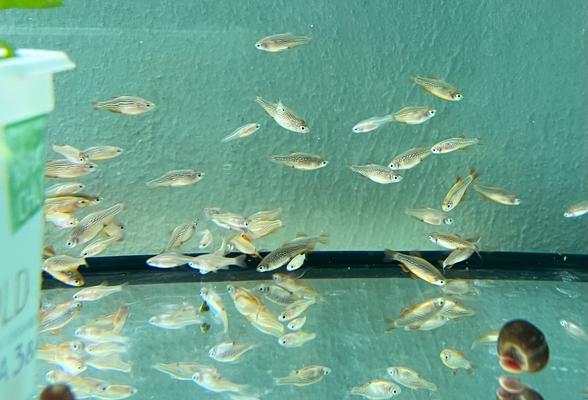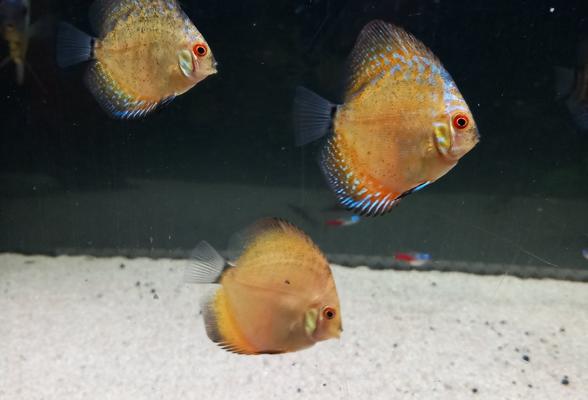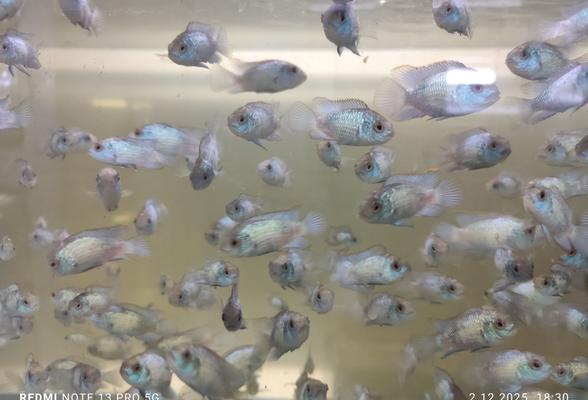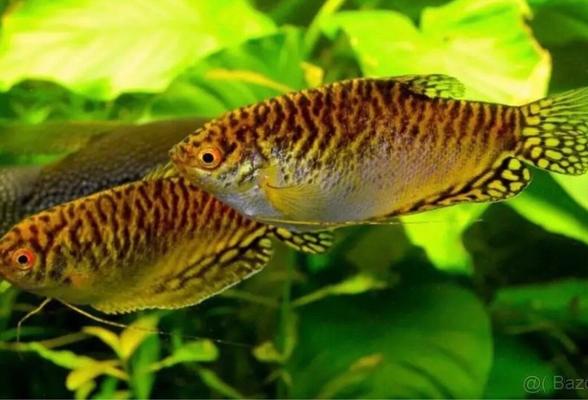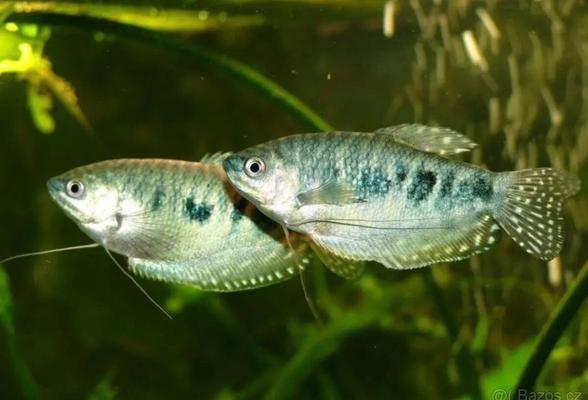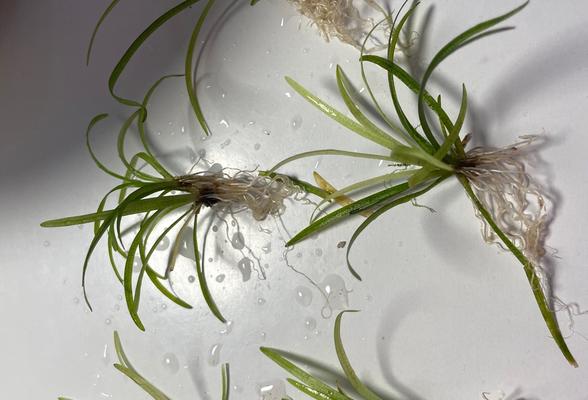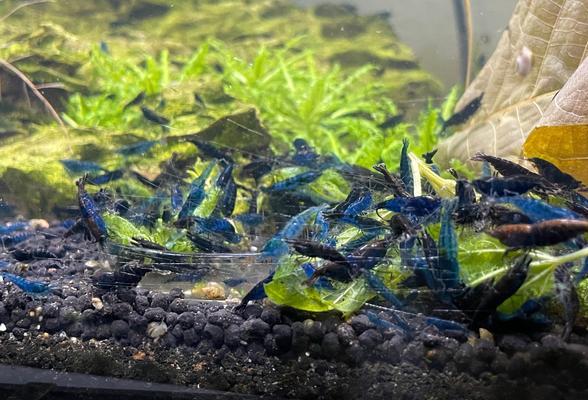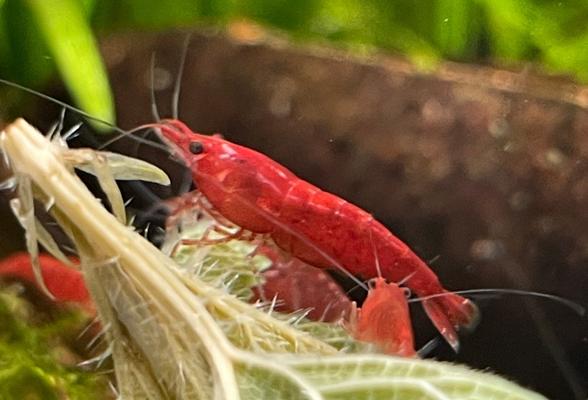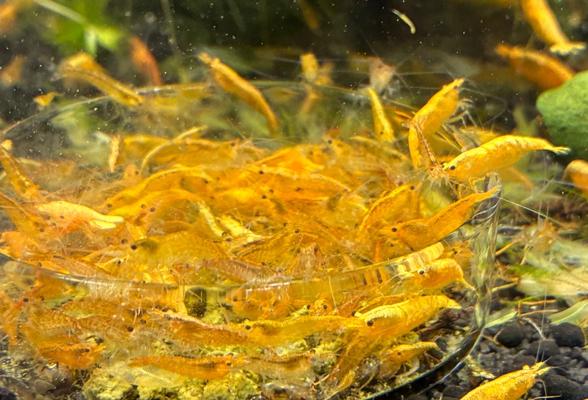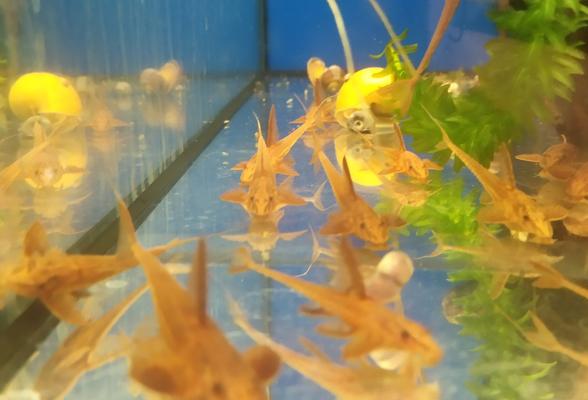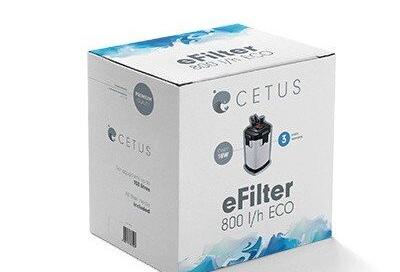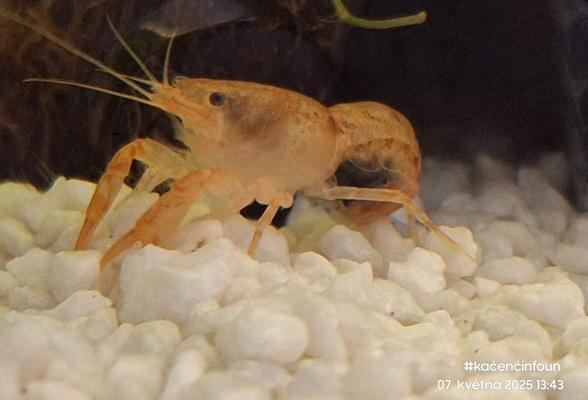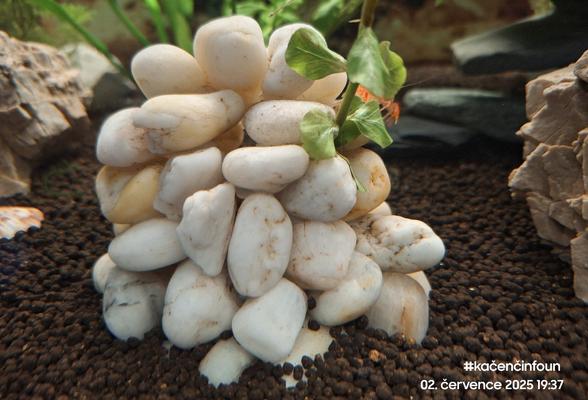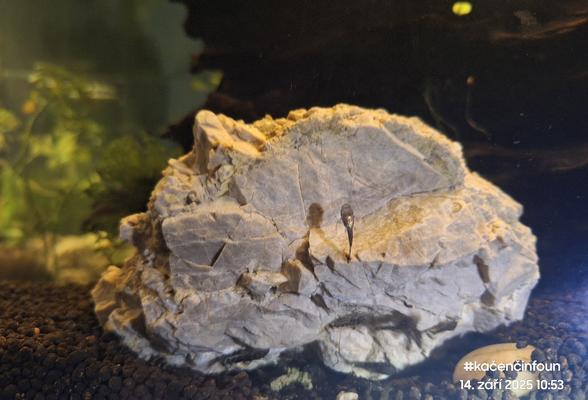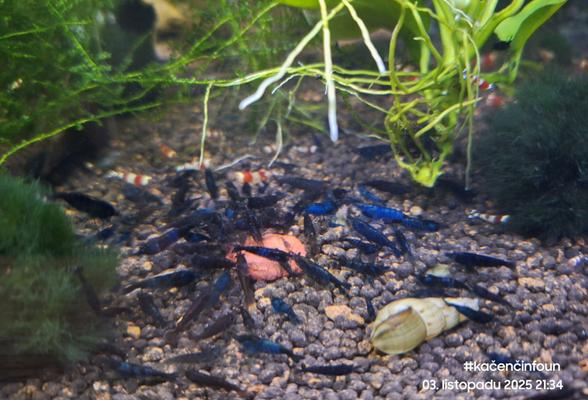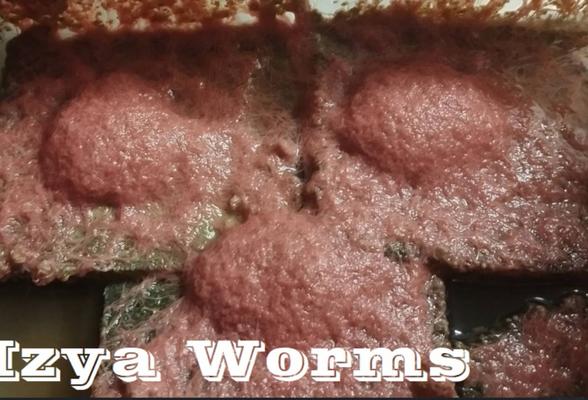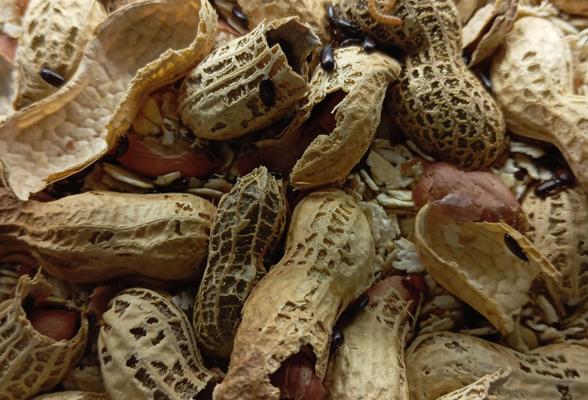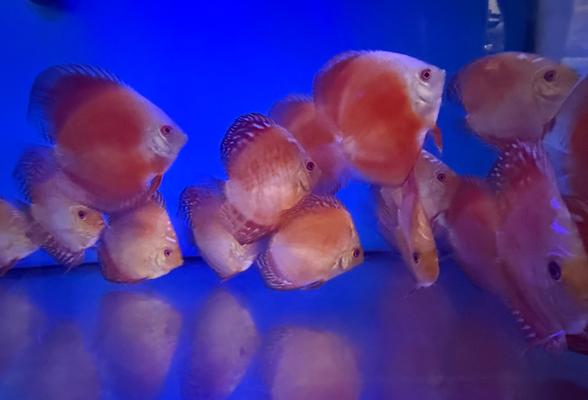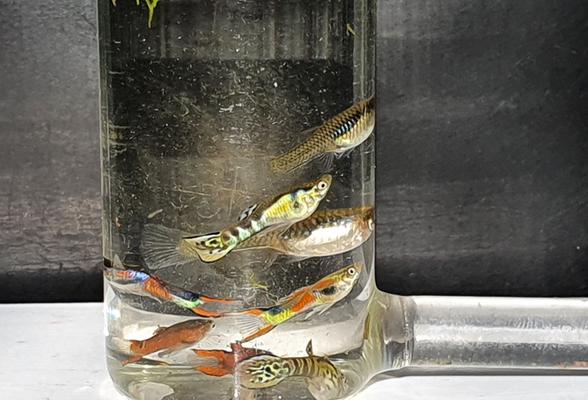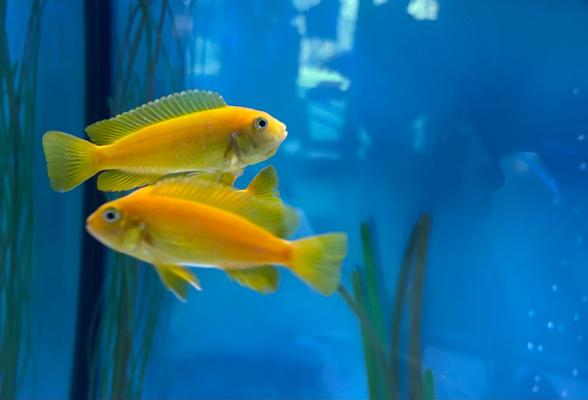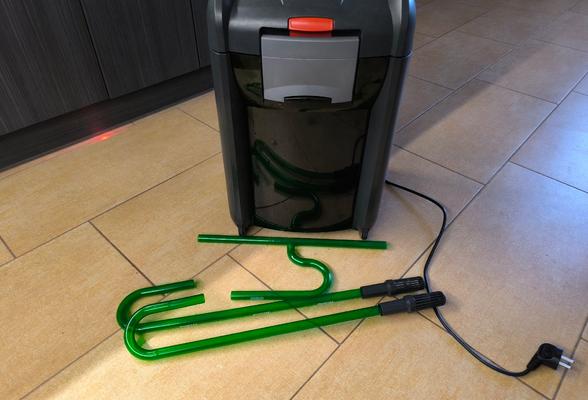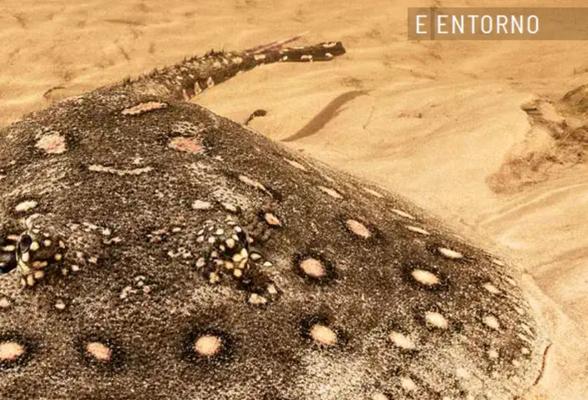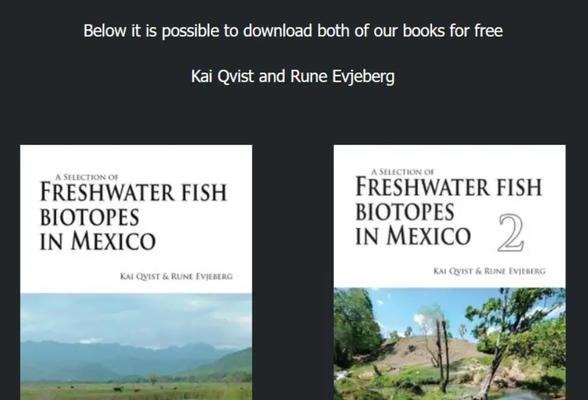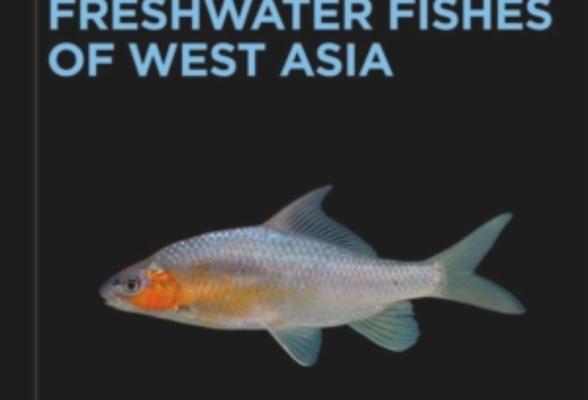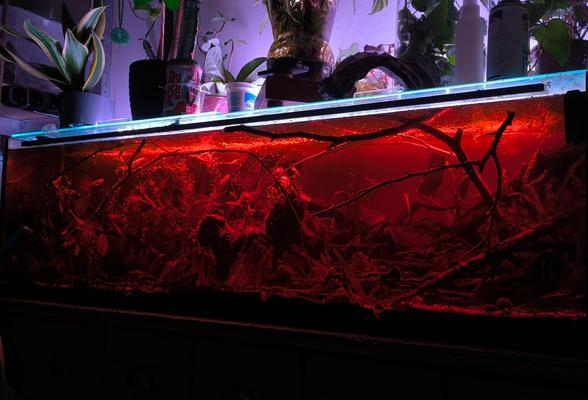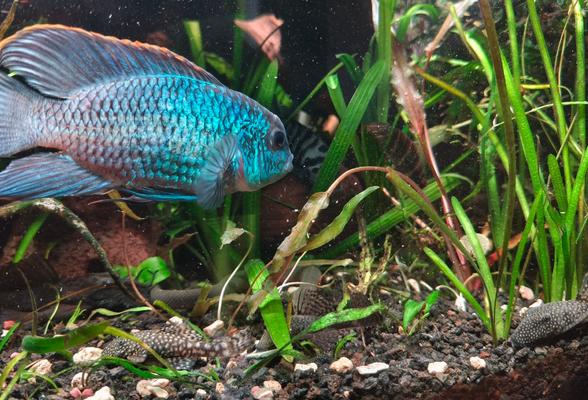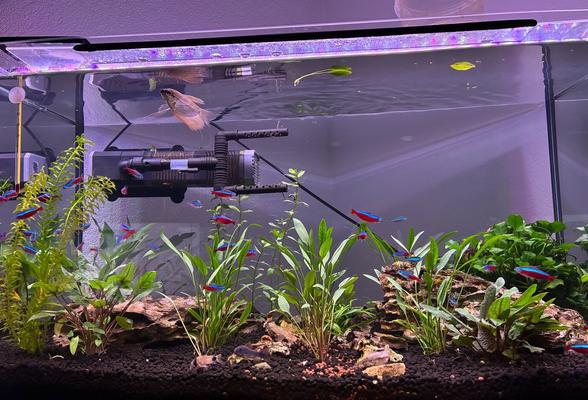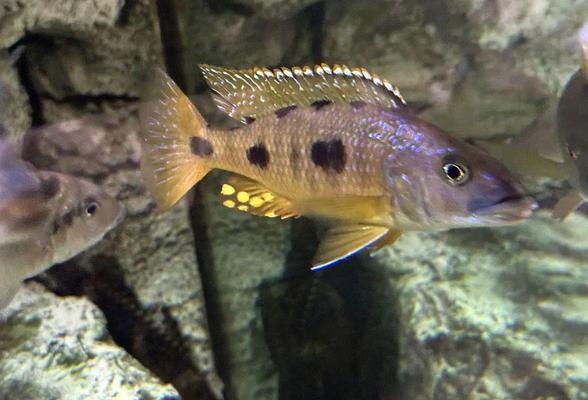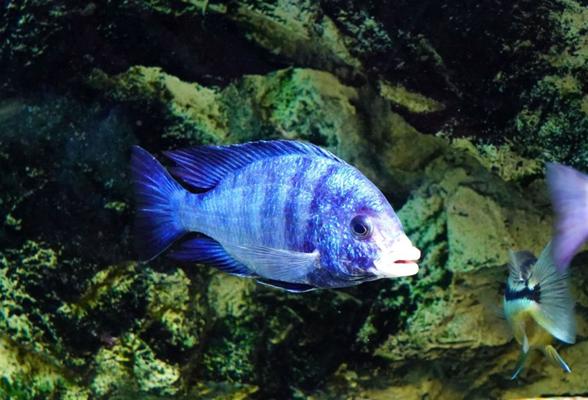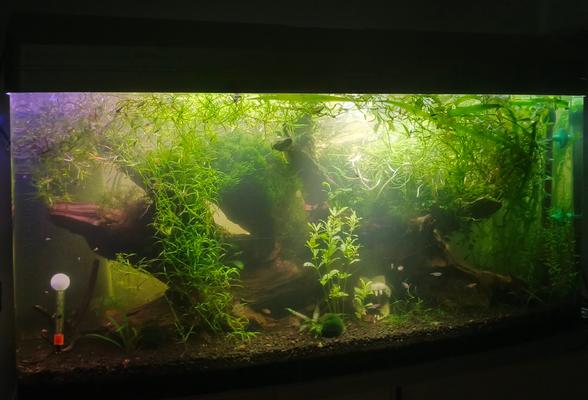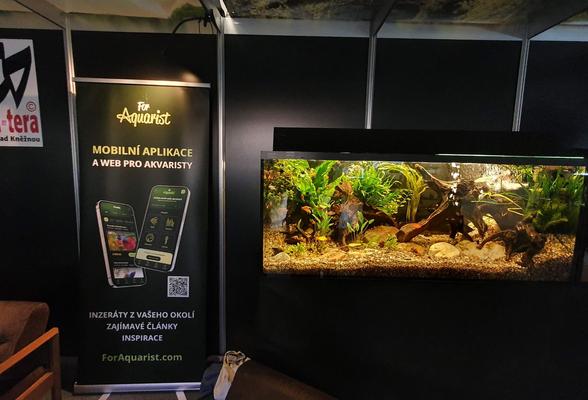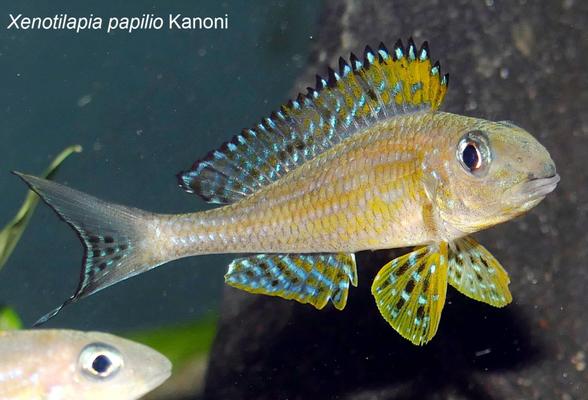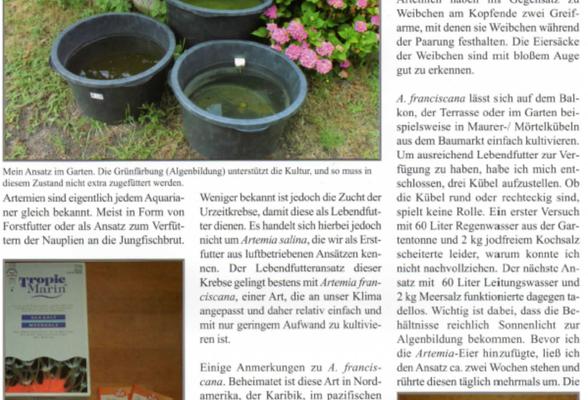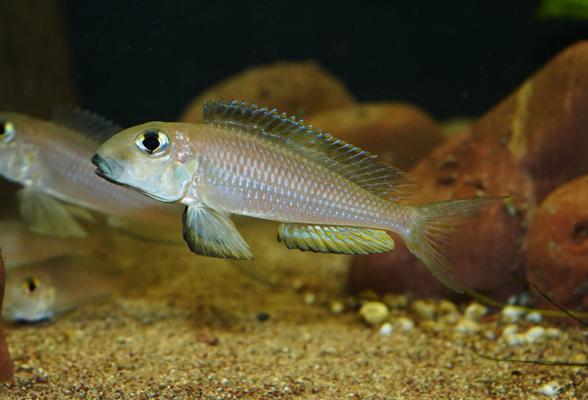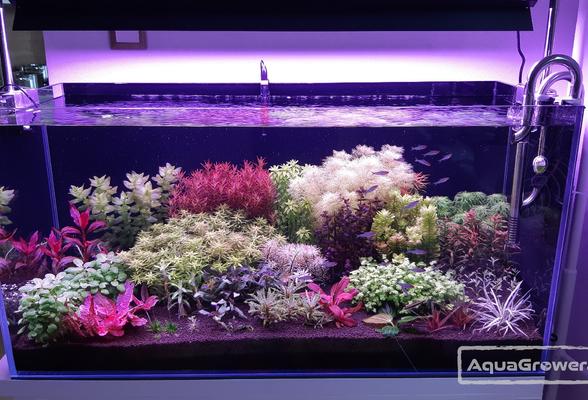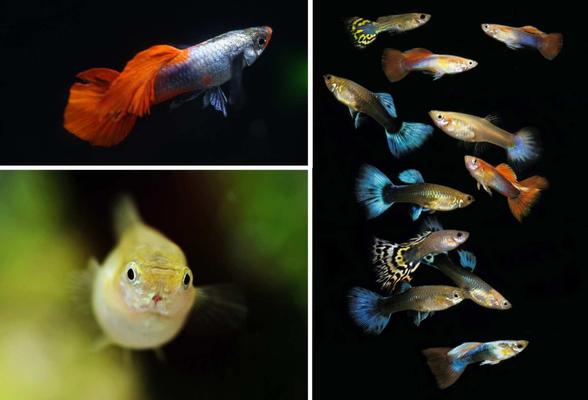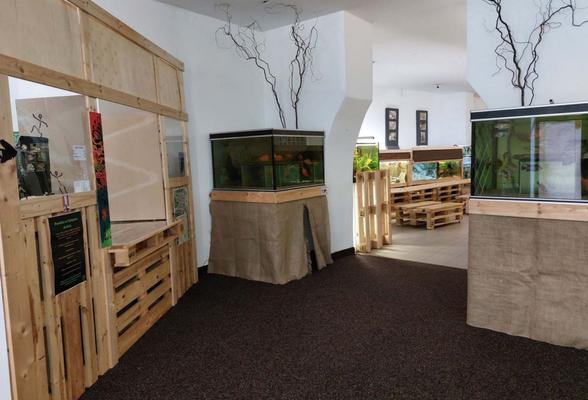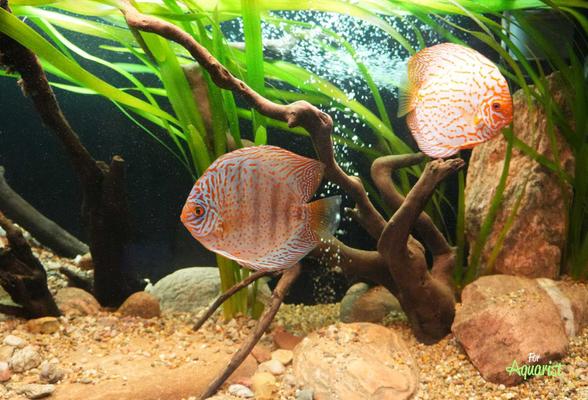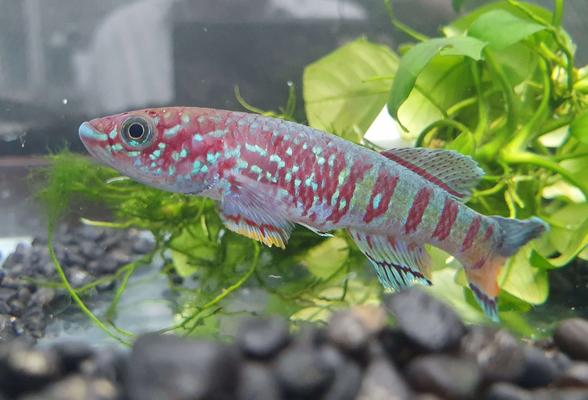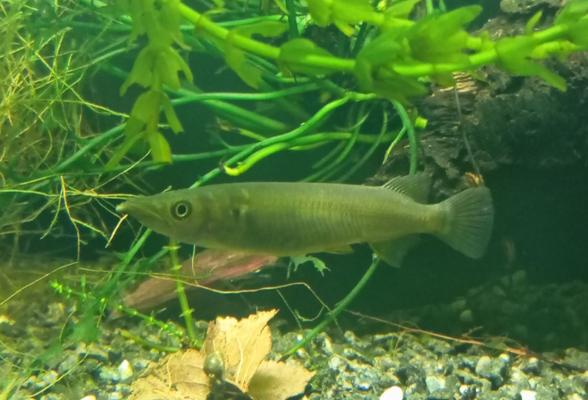Pantanal (obszar podmokły) ma połowę powierzchni Niemiec i jest największym spójnym obszarem podmokłym na świecie. W przeważającej części znajduje się w Brazylii, a pozostałe części leżą w Paragwaju i Boliwii. Od roku 2000 Pantanal jest wpisany na listę światowego dziedzictwa UNESCO i objęty ochroną.
Jest domem dla licznych gatunków ryb, z których wiele jest popularnych w akwarystyce. Książka o rybach Pantanalu nie ma sobie równych. Na ponad 660 stronach przedstawione są ryby z tego regionu, z szczegółowym tekstem i zdjęciem, które niemal zawsze pokazuje daną rybę w jej żywej kolorystyce. Dla każdego gatunku podano cechy morfologiczne, żywą kolorystykę oraz informacje o występowaniu, etymologii, typowym miejscu znalezienia i znaczeniu gospodarczym.
Oprócz zazwyczaj doskonałych zdjęć ryb znajdują się także niektóre zdjęcia biotopów. W opracowaniu wzięła udział liczna grupa autorów. Książka jest wydana w języku portugalskim. Z odpowiednimi narzędziami tłumaczeniowymi nie powinno to stanowić problemu.
UWAGA: Tekst portugalski!
660 stron
PDF Cyfrowy
ISBN: 978 65-81066-05-5
Oto link do tego:
https://www.cichliden-forum.de/Mittel-Suedamerika/Montagem-livro-Peixes-VERSAO-FINAL-MARCO-2022-ISBN97865-81066-05-5-ONLINE_FINAL-1.pdf
Z serdecznymi pozdrowieniami Manfred
Z dwoma tomami Kai Qvista i Rune Evjeberga otrzymacie obszerne informacje i zdjęcia na temat biotopów słodkowodnych oraz ryb z
rzek, lagun i cenotów Meksyku. Książki są niemal obowiązkowe dla tych, którzy zajmują się goodeidami, rybami żyworodnymi, pielęgnicami i
wieloma innymi rybami słodkowodnymi z Meksyku lub się nimi interesują.
Tomy 1 i 2 "A Selection of Freshwater Fish Biotopes in Mexico" obejmują 337 i 241 stron i są wypełnione szczegółowymi informacjami na temat
biotopów, parametrów wody, historii ryb, lokalnych społeczności i wielu innych tematów.
Kto ma konto na https://de.scribd.com, może pobrać te dwa tomy za darmo.
Oto link do tego:
https://de.scribd.com/document/47090…-Mexico-v-2-pdf
Pozdrawiam serdecznie Manfred
Ahoj všem,
zajímavá novinka: "Příručka sladkovodních ryb Západní Asie"
„Příručka sladkovodních ryb Západní Asie“ nabízí první shrnutí taxonomie, rozšíření, biotopů a biologie všech sladkovodních ryb mezi Bospor, Ázerbájdžán, Jemen a Írán. Tato oblast je nesmírně rozmanitá a obývá 625 druhů, z nichž většina je endemická.
Mnoho těchto druhů je známo pouze několika specialistům a autoři strávili 18 let shromažďováním poskytnutých informací.
Kniha ukazuje nejen všechny druhy na barevných fotografiích, ale také první lokalitně specifické mapy rozšíření a aktuální IUCN status ochrany všech druhů. Umožňuje také jejich identifikaci pomocí určovacích klíčů a podrobných diagnóz, odkazuje na mnoho otevřených otázek pro budoucí výzkum a obsahuje 1142 referencí pro další informace. Spojuje relevantní a autoritativní informace potřebné k pochopení a zkoumání sladkovodní biodiverzity v regionu a daleko za jeho hranicemi a bude sloužit jako standardní dílo a časová osa po mnoho let.
všechny druhy na barevných fotografiích
mapy rozšíření
aktuální IUCN status ochrany všech druhů
identifikace ryb pomocí určovacích klíčů a podrobných diagnóz
Citace
Freyhof, Jörg, Yoğurtçuoğlu, Baran, Jouladeh-Roudbar, Arash a Kaya, Cüneyt. Handbook of Freshwater Fishes of West Asia, De Gruyter, 2025.
https://doi.org/10.1515/9783111677811
Místo vydání Berlín/Boston
Jazyk angličtina
Rozměry 210 x 280 mm
ISBN-10 3-11-167764-8 / 3111677648
ISBN-13 978-3-11-167764-4 / 9783111677644
Stáhnout eBook (PDF 262 MB):
https://www.degruyterbrill.com/document/doi/10.1515/9783111677811/pdf?licenseType=open-access
S pozdravem všem
Manfred
Uwaga : Zawiera stare, prastare emigranty z Południa Ameryki, przedstawicieli rodzaju Corydoras.. (samiczka sterbai, samiczki panda, samiec paleatus).. A afrykańskie rośliny Anubiasy (gdzie z ładnymi nadwyżkami? 🤭..) Mieszkają tam już tylko na dożywocie i rosną tylko w przystanku☝️.. Więc podkategorię "biotop" traktujcie z rezerwą🫠..
Głównym mieszkańcem jest samiec Channy bleheri (jakoś po dwóch latach zbrązowiał, więc chyba forma brown), hodowla Kuby Lasoty, Heiko. Ślimaki Kružníci, Levatky, jeden zagubiony Clithon, zagubione i na nowo odkryte Melanoidisky, Filopaludiny..
Wciąż niskotkankowe akwarium, gdzie jedyną techniką jest pompa jk animals i rurki LED hsbao retrofit. Czasami skimmer jingye, na okrehek w kryzysowych chwilach, kiedy nie chce się wybierać pincetą.. Ale całkowicie się go pozbyć (da się?) nie chcę, robię z niego jichu do podlewania roślin doniczkowych 😁.. Nawożimy rybimi bobkami i maksymalnie długoterminowym nawozem NPK do dna. Użyty wywar to dosłownie alchemia. Podstawą jest Kachu, liście dębu letniego, buku, Schima, szyszeczki olchy i liście, torfowisko, torf, okwiat lotosu, owoc lotosu.... Przedstawiciele tutaj rosnących roślin to Microsoria, Kryptokoriny, Bolbitis, Najas, Limnophilla, Schismatoglottis, mój ulubiony i jednocześnie znienawidzony Lotus tiger, czasami red, czasami green, jak mu się akurat chce (można zobaczyć na zdjęciu w mojej galerii, więc nie wymyślam..), który zdobył mi Jirka Fojtik z Surpana i od którego mam też Schismatoglotis (dzięki!), Limna, Rhygoriza (znów mam ją po 5 latach, dzięki Míly Popelky 🍀), a gdzieś pomiędzy tym wszystkim są wciąż żywe, tylko jakoś bezlistne łodygi Hydrocotyle leucocephala 😅... No a na koniec mech jawajski i hybrydowy, Cladophora i Ruducha, które długo nie chciały rosnąć .. 👌.. A same warunki świetlne? Okropne... Ale rośnie to! 😂
Steckbrief: Exochochromis anagenys (Oliver, 1989)
Rozmiar samców: ok. 25-30 cm
Rozmiar samic: ok. 20-25 cm
Ubarwienie, różnice:
Samce i samice są prawie identycznie ubarwione.
Złotopomarańczowe z trzema czarnymi plamkami po obu stronach.
Samce są wyraźnie większe. Z dużymi żółtymi plamkami na płetwie odbytowej i niebieskawą głową.
W młodym wieku płcie są bardzo trudne do odróżnienia.
Minimalny rozmiar zbiornika:
od 250 x 70 x 50 cm, od 1.000 l
Żywienie:
Drapieżnik, zjada przeważnie młode ryby, które aktywnie poluje.
W akwarium przyjmuje pokarm w postaci płatków, granulatu, mrożonek i żywego pokarmu.
Biotop w jeziorze Malawi:
Gatunek jest powszechnie występujący w jeziorze i poluje na młode ryby na piaszczystych obszarach i wśród kamieni.
Rozmnażanie:
maternarny mouthbrooder
Moje doświadczenia z Exochochromis anagenys (Oliver, 1989)
Hodowla w akwarium:
Ten gatunek jest jednym z moich ulubionych z jeziora Malawi.
Ponieważ ryby te są dość duże i bardzo ruchliwe oraz muszą być trzymane w haremach, akwarium musi mieć minimalny rozmiar ok. 250 x 70 x 60 cm (ok. >=1.000 l).
Zbiornik może być urządzony jako strefa przejściowa Malawi. Większe wolne piaszczyste obszary z umieszczonymi między nimi kamieniami lub hałdami kamieni. Gatunek wymaga większej wolnej przestrzeni do pływania w zbiorniku.
Zwierzęta są drapieżnikami, które polują i zjadają mniejsze ryby w jeziorze. Młode innych gatunków w zbiorniku są przez to przynajmniej zagrożone!
Najlepiej hodować ten gatunek w haremie 1M / 3W. W większych akwariach dobrze funkcjonują również większe grupy tych ryb.
Żywienie w akwarium:
Ryby zjadają młode ryby, które aktywnie polują w jeziorze. W związku z tym wymagana jest karnivorna, bogata w białko dieta dla tych zwierząt. Przyjmują pokarm w postaci płatków i granulatu. Mrożonki i żywy pokarm można również podawać od czasu do czasu.
Proszę karmić oszczędnie i wysokiej jakości pokarmem (mało węglowodanów).
Zachowanie w akwarium (moje doświadczenia):
Gatunek, w którym samice i samce wyglądają bardzo podobnie, jest w akwarium raczej spokojnym drapieżnikiem jeziora Malawi, który dobrze dogaduje się z innymi gatunkami i nie jest agresywny. W czasie godów tworzy małe zagłębienie w piasku, zazwyczaj pod lub obok dużego kamienia. Tutaj zmienia się zachowanie samca. Z cichego łowcy staje się dość szorstkim osobnikiem, który broni swojego terytorium w akwarium o długości co najmniej 200 cm. Ponadto intensywnie poluje na swoje samice, aż będą gotowe do tarła i wpłyną do jego zagłębienia. Godowanie i polowanie mogą trwać kilka dni.
Miałem już kilka razy po około 50 młodych ryb w jednym tarle, które wychowałem i oddałem. Straty były bardzo małe, tylko około 3-5 młodych ryb średnio.
Samice inkubują przez około 4 tygodnie, a następnie wypuszczają młode o wielkości około 10-12 mm. Młode nie są dalej pielęgnowane i opiekowane, od pierwszego dnia po uwolnieniu są zdane na siebie.
Ryby są złotopomarańczowe i mają po bokach po trzy czarne plamki, które mogą całkowicie zniknąć w zależności od nastroju, tak że stają się całkowicie złotopomarańczowe. Dominujący samiec staje się także niebieskawy w głowie, co przechodzi w złotopomarańczowy. Uważam, że są to niezwykle piękne i eleganckie ryby.
Towarzystwo w akwarium:
Należy wybrać towarzystwo z większymi, nie zbyt wrażliwymi rybami w zbiorniku. Inne ryby nie powinny być zbyt szorstkie i agresywne.
Gatunek jest jak wiele drapieżników jeziora Malawi dość dużą „mimosą” i nie lubi zmian w towarzystwie, aranżacji lub ciągłych ataków szorstkich innych ryb, szybko reaguje na to stresem i odbiera to źle. Co może, jeśli trwa długo i jest zbyt intensywne, prowadzić do chorób.
Dzięki swoim kolorom i zachowaniu są prawdziwą ozdobą w każdym akwarium NonMbuna z jeziora Malawi. Również w większej grupie w odpowiednio dobranym zbiorniku gatunkowym są atrakcyjne.
Moje podsumowanie:
Bardzo piękny i również wyjątkowy gatunek drapieżników jeziora Malawi. Z ich złotopomarańczowym, błyszczącym ubarwieniem, niebieskawą głową samców i smukłym, torpedowatym ciałem stanowią prawdziwą atrakcję w akwarium.
Są bardzo szybkimi pływakami, trzeba uważać przy otwieraniu akwarium, aby nie wyskoczyły.
Jak już pisałem, to jeden z moich ulubionych gatunków z jeziora Malawi. Hoduję je od wielu lat. Należy jednak zadbać o to, aby zdobyć dobre, stabilne młode ryby, niestety na rynku jest też wiele nadmiernie hodowanych ryb tego gatunku! Z którymi w akwarium zazwyczaj pojawiają się tylko duże problemy! Co prowadzi do dużych strat i utraty, przeciwko którym nic nie można zrobić. Z tego gatunku są również całkowicie srebrne ryby, które jednak nie podobają mi się tak bardzo. Gatunek rzadko występuje w jeziorze Malawi, dzikie osobniki prawie nie docierają już stąd z Afryki.
Populace druhu v jezeře Malawi:
Placidochromis phenochilus (Trewavas 1935):
- Chesese
- Chirwa Island
- Mdoka
Placidochromis sp. ‚phenochilus tanzania:
- Lupingu
- Makonde
Profil - Placidochromis phenochilus Mdoka White Lips
Velikost samců: cca 18-21 cm
Velikost samic: cca 14-17 cm
Zbarvení, rozdíly:
- Samci a samice jsou téměř stejně zbarveni, tmavě modří s sytě černomodrými pruhy.
- Samci jsou výrazně větší, vyšší se strmějším čelem.
- U mláďat jsou pohlaví jen velmi obtížně rozpoznatelná.
Velikost akvária:
od 200 x 60 x 50 cm, čím větší, tím lepší!
Potrava:
predátorská ryba s masitou stravou, vločky, granule, mražené a živé krmivo
Biotop v jezeře Malawi:
přechodová zóna s velkými samostatnými kameny a velkou volnou písčitou plochou
Rozmnožování:
maternální tlamovec (samice inkubuje jikry v tlamě)
Moje zkušenosti s Placidochromis phenochilus Mdoka White Lips
Chov v akváriu:
- Jelikož tento druh dorůstá poměrně velkých rozměrů a měl by být chován ve skupinách, musí mít akvárium minimální rozměry 200 x 60 x 50 cm, čím více ryb, tím větší akvárium.
- Nádrž by měla být uspořádána jako přechodová zóna Malawi. Větší volné písčité plochy s, mezi nimi umístěnými, velkými kameny. To vyhovuje způsobu příjmu potravy tohoto druhu. Tyto ryby jsou pronásledující, které plavou za většími druhy, jež prosévají písek při hledání potravy, a požírají potravu vyplašenou a zvířenou v písečném oblaku.
- Nejlepší je chovat skupinu cca 3 samci / 5 samic. To odpovídá potřebám těchto velmi sociálních ryb. Možný je však i chov v harému 1 samec / 3 samice. Vždy je třeba brát ohled na velikost dostupného akvária.
Strava v akváriu:
- Ryby požírají drobné bezobratlé, hmyz, červy atd., které se nacházejí v písku nebo jsou zvířeny rybami, které před nimi plavou a ryjí v písku (tzv. "sand-sifters"). Je tedy nutná karnivorní strava. Přijímají vločkové a granulované krmivo. Mražené a živé krmivo však může být také občas podáváno.
- Pozor, tento druh snadno ztuční, což může vést ke zdravotním problémům. Krmte prosím střídmě a kvalitním krmivem (s nízkým obsahem sacharidů).
Chování v akváriu (moje zkušenosti):
- Ryby, když jsou umístěny jako mladé, jsou dlouho velmi mírumilovné a pohybují se ve své skupině. Během období tření si však tento druh zabírá teritoria, většinou větší, ploché kameny, které pak velmi vehementně brání. Když samci dospějí a dvoří se, velmi agresivně napadají jak příslušníky vlastního druhu, tak zejména cizí ryby, i když jsou větší.
- Ostatní osádka by neměla být příliš agresivní, ale měla by být dostatečně robustní.
- Ryby mohou měnit své zbarvení od téměř světle modré po tmavě modrou, se sytě černomodrými pruhy. To se děje v závislosti na jejich náladě; dominantní samec je často sytě tmavě modrý se sytě černými pruhy.
Společně ve stejné nádrži:
- Je třeba zvolit osádku s většími, robustními rybami v akváriu (např. Non-Mbunas, malawijští dravci). Optimální by byla například velká cichlida, jako je Fossochromis rostratus, jako doprovodný druh, což by ovšem vyžadovalo ještě větší akvárium.
- Díky svým barvám a chování jsou tato ryby nepřehlédnutelné i ve vhodném jednodruhovém akváriu..
Moje závěry:
Velmi krásný a také zvláštní druh Non-Mbuny z jezera Malawi, který se svým nádherným stínovaným, lesklým modrým zbarvením a bílými, tlustými pysky stane skutečným vrcholem každého akvária. Tyto ryby mají působivé, majestátní chování ve větší skupině. Velmi se mi líbí a chovám je u sebe v akváriu ve stylu Malawi už mnoho let. I když občas dochází k divočejším potyčkám, při kterých se otřásá krycí sklo.
Trochę zarośnięte, więc nie widać krewetek i rybek, ale i tak podoba mi się, jak to jest zarośnięte jak dżungla, ale jeszcze pozwolę, aby to bardziej zarosło, żeby było bardziej zarośnięte dla krewetek i ryb, to jedyna dobra rzecz.
Již zítra v 9:00 začíná na výstavišti v Lysé nad Labem dle slov organizátorů "největší evropská výstava papoušků, bažantů, kachniček, plazů, akvarijních ryb 🐠🐟🦐 a menších savců s aranžmá exotických rostlin a stromů" Exotika 2025.
Na výstavě jsem se byl podívat vloni, kdy byly akvarijní ryby výrazně zastoupeny i díky rychnovskému spolku Akva-tera, který měl na výstavě Exotika 2024 nádhernou expozici. Hned naproti byla teraristika ve velmi povedené expozici od REPTI PLANET, kteří budou na výstavě i letos.
Za pozornost stojí nejen akvaristika a teraristika, ale i ostatní zvířata, obzvlášť okrasné ptactvo je zastoupeno ve velké šíři a navic proběhne Mistrovství ČR KPEP bodovaných ptáků. Na výstavě Exotika se můžete se všemi chovateli samozřejmě poradit a konzultovat s nimi své dotazy.
Návštěvu výstavy Exotika proto doporučuji a sám se ji plánuji zúčastnit i letos.
Fotky jsou z minulého ročníku výstavy Exotika 2024.
Siedlisko
- Strefy przejściowe (ekotony) między biotopami piaszczystymi a skalistymi na głębokości od 10 do 50 metrów.
Cechy charakterystyczne
- Rozmiar: Ryby osiągają maksymalną długość około 8 do 10 cm.
- Różnice płciowe: Samce i samice są wizualnie trudne do odróżnienia, chociaż samce mają tendencję do bycia nieco bardziej krępej budowy.
Hodowla w akwarium
- Wielkość akwarium: Gatunek najlepiej trzymać w grupie, w której mogą tworzyć się pary. Do utrzymania grupy 6 do 8 zwierząt zaleca się akwarium o minimalnej pojemności 300 litrów. Długość zbiornika 150 cm.
- Wystrój: Podłoże z drobnego, zaokrąglonego piasku rzecznego. Kilka kamieni jako granice terytoriów.
Odżywianie
- Naturalny pokarm: W naturze żywią się drobnymi skorupiakami żyjącymi w piasku, które przesiewają, filtrując piasek za pomocą swoich wyrostków skrzelowych.
- Pokarm akwariowy: W akwarium dieta powinna być urozmaicona i składać się z mieszanki drobnych skorupiaków, larw owadów (np. czerwonych larw komarów), krewetek karłowatych oraz Tubifex. Można również uzupełniać ją specjalistycznym pokarmem suchym.
Rozmnażanie i opieka nad potomstwem
- Xenotilapia papilio jest pyszczakiem biparentalnym, co oznacza, że oboje rodzice dzielą się opieką nad potomstwem.
- Samica składa jaja na płaskim kamieniu, gdzie są zapładniane przez samca. Następnie samica zbiera ikrę do pyska. Po około 11 dniach samiec przejmuje wszystkie lub część narybku, aby kontynuować opiekę. Zwierzęta praktykują opiekę pyszczkową do 6 tygodni po pierwszym wypuszczeniu młodych ryb.
W moim wpisie chciałbym przekazać wskazówki dotyczące hodowli Artemii w domu!
Životní prostředí
• Široké rozšíření. Většinu roku se vyskytuje na písčitých dněch v hloubkách 3-40 m, během období rozmnožování v přechodové zóně.
Vlastnosti
• Velikost: Xenotilapia boulengeri dosahuje maximální délky až 20 cm, samice max. 15 cm.
• Vzhled: Ryba má štíhlé, protáhlé a mírně zploštělé tělo. Zbarvení je převážně šedé až hnědošedé. Zvláštním znakem je světle modrá linie podél postranní čáry. Na žaberních víčkách se mohou objevit světle modré, žluté nebo zlaté skvrny. Hřbetní a řitní ploutve často mají modrý nádech a žlutý okraj.
• Pohlavní rozdíly: Dospělí samci jsou větší než samice a mají tmavé okraje na řitních a břišních ploutvích. Během období rozmnožování vykazují také teritoriální chování.
• Postranní čáry: Zvláštností tohoto rodu je, že má tři postranní čáry: jednu na předním těle paralelně k hřbetu, jednu ve středu zadního těla a jednu na ocase.
Životní styl a chování
• Sociální chování: Xenotilapia boulengeri je relativně mírumilovná ryba, která se nejlépe chová ve skupině 8 až 10 jedinců. Během dne se často pohybují ve stádech a prohledávají písek za potravou.
• Rozmnožování: Jedná se o maternální tlamovku. Samci staví až 20 cm vysoké, půlkruhové a na jedné straně otevřené pískové hnízda. Doba rozmnožování trvá přibližně 3 týdny. Samice uvolňuje až 50 relativně malých mladých ryb a dále se o ně nestará.
• Strava: Ryby se živí převážně malými bezobratlými, jako jsou malé krevety a korýši, které filtrují z písku.
Chov v akváriu
• Akvárium: Vzhledem k jejich velikosti a sociální struktuře by mělo mít akvárium minimální délku 150 cm pro malou skupinu 6-8 jedinců.
• Zařízení: Protože ryby prohrabávají písek, je nezbytné mít několikacentimetrovou vrstvu jemného písku jako substrát. Do akvária je dobré umístit jednotlivé kameny jako hranice teritoria.
• Vodní hodnoty: Teplota vody by měla být mezi 23 °C a 26 °C, pH v alkalickém rozmezí mezi 7,5 a 8,5. Karbonátová tvrdost 15-18 °dH.
• Krmění: V akváriu je možné je krmit vhodným živým krmivem (vodní blechy, Cyclops, Artemia), mraženým krmivem, vločkovým krmivem nebo krmivem ve formě tablet.
DCG (Niemieckie Towarzystwo Cichlid e. V.) serdecznie wita Linda z ForAquarist.com
jako pierwszą czeską członkinię DCG. Serdeczne podziękowania, droga Linda, za Twoje wielkie zaangażowanie.
Dla DCG jest to rozwój więcej niż radosny i zaszczyt, zdobywać członków z Czech. My (DCG) cieszymy się na dalszych czeskich członków. DCG stoi gotowe na dalsze pogłębienie i rozszerzenie rozpoczętego czeskiego partnerstwa.
Cieszymy się na przyszłe spotkania online. Oczywiście byłoby bardzo radosne i super, gdybyśmy mogli zainspirować czeskich prelegentów do przeprowadzenia prezentacji online, to byłoby perfekcyjne!
W tę środę ponownie odbędzie się online wykład podczas DCG-Cichliden-Stammtisch, o unijnym prawie zwierząt i stanie listy pozytywnej itp. Prelegent Dr. Martin Singheiser BNA e. V.
Wszyscy są serdecznie zaproszeni i oczywiście ponownie dostępne są przetłumaczone napisy w 40 językach.
Linki i terminy pod: https://kalender.digital/Vivaristik-Kalender
Pozdrowienia dla wszystkich czeskich akwarystów.
DCG i. V. Manfred (PR)
Szóste sympozjum w Allwetterzoo Münster zakończyło się w niedzielę 19.10.2025. Wydarzenie było prawdziwym punktem kulminacyjnym i bardzo zachwyciło wszystkich uczestników.
Najbardziej wyjątkowym elementem tego sympozjum DCG była obecność dwóch czeskich akwarystów. To było jednym z największych punktów programu!
Niemieckie Towarzystwo Cichlid (DCG) e.V. i ja składamy serdeczne podziękowania za przybycie Lindy Vlachové i Adama Molina na nasze 6. sympozjum DCG.
To sprawiło radość zarządowi DCG, wszystkim uczestnikom, a także mnie, że nawiązaliśmy kontakt z czeską akwarystyką i mogliśmy osobiście porozmawiać oraz wymienić się poglądami z dwoma przedstawicielami z Czech.
Przez te trzy dni miał miejsce naprawdę bardzo ożywiony wymiana poglądów na interesujące tematy. Linda i ja już snujemy kilka pomysłów i planów dotyczących przyszłych wspólnych działań i projektów.
Serdeczne podziękowania i wielkie uznanie dla Lindy za jej dwa wykłady podczas sympozjum DCG, dotyczące ForAquarist.com oraz czeskiej akwarystyki.
To zrobiło duże wrażenie na wszystkich uczestnikach i także ich zachwyciło.
Również serdeczne podziękowania dla Adama, który podjął długą podróż, aby wziąć udział w sympozjum DCG.
Linda i my uważamy, że powinniśmy kontynuować i pogłębiać dalszą intensywną wymianę poglądów i będziemy to czynić.
Oczywiście wszyscy czescy akwaryści są nadal serdecznie zapraszani na nasze wydarzenia DCG i online-prelekcje.
Wszystkie prelekcje online są dostępne z czeskim tłumaczeniem napisów w czasie rzeczywistym.
Kolejne takie wydarzenia w Czechach i Niemczech byłyby prawdziwymi „akwarystycznymi latarniami” które byłyby obecnie dość wyjątkowe; już się na to cieszymy.
Pozdrowienia dla Lindy, Adama i wszystkich innych czeskich akwarystów.
od
całego zarządu DCG
Cichliden-Forum.de
i ogromne podziękowanie od Manfreda ( DCG-PR i Cichliden-Forum.de)
Stowarzyszenie akwarystów z Plzně IRIS zaprasza wszystkich miłośników akwarystyki na jesienny akwarium.
15 listopada 2025 (sobota)
📍Miejsce wydarzenia: Internaty SPŠ dopravní, Karlovarská třída 99, Plzeň, przystanek tramwajowy nr 4 U Družby
🛍️ Program wydarzenia (9:00 – 11:30)
Zapraszamy na tradycyjne akwarium, gdzie znajdziecie:
- Jakościowe ryby
- Żywe rośliny
- Pokarmy
- Szeroki wybór akwarystycznych akcesoriów i inne!
💡 Usługa doradcza
Skorzystaj z możliwości konsultacji! Członkowie stowarzyszenia IRIS chętnie udzielą fachowego doradztwa i pomogą w Twoich pytaniach akwarystycznych.
Zamówienia na stoły sprzedażowe do 13. 11. 2025 pod numerem telefonu 603 231 494 lub info@irisplzen.cz
Osoby zainteresowane członkostwem w naszym stowarzyszeniu IRIS, historycznie drugim najstarszym stowarzyszeniu akwarystycznym w Czechach, mogą zapisać się na to wydarzenie. Chętnie powitamy Was wśród nas!
Spolek AQUARIO & spol. n.o. pořádá akci zaměřenou na moderní akvaristiku s cílem pozvednout současnou úroveň chovu a nastolit vyšší etické a kvalitativní standardy. Organizace klade důraz na přirozené podmínky a ochranu chovatelů před negativními vlivy překupníků.
Klíčové Informace o Expozicích
WYSTAWA ściśle przestrzega międzynarodowych kryteriów dobrostanu ryb i jakości hodowli:
Nádrže a objemy: Soutěžní nádrže splní międzynarodní kritéria IGHC. Výstavní objemy se řídí normou CITES (1 cm ryby na 1 l vody), a prodejní nádrže budou velké (cca 100 l), ne malé kóje.
Péče o ryby: Nádrže budou tepelně regulovány. Vody nebudou chemicky upravovány; chemie se použije jen izolovaně a po dohodě s chovatelem.
Kondice ryb: Vystavovány budou pouze chovné, dospělé ryby v kondici.
Kontrola: Všechny expozice projdou veterinární kontrolou s protokolem.
Garance: Všechny vystavené ryby budou na požádání vráceny majiteli.
Výzva k Účasti a Možnosti pro Chovatele:
AQUARIO vyzývá všechny akvaristy – profesionály i amatéry – k účasti. Akce slouží k porovnání chovů, získání vlastní reference a vzájemné podpoře v oboru. Účast je vnímána jako pomoc při pozvedání celkové úrovně akvaristiky v ČR.
Účastníci soutěžní sekce získají pamětní diplom.
V rámci výstavy je možná vzájemná výměna chovných variací a prodej ryb.
Účastí podpoříte snahu o návrat ke kvalitním chovným standardům a přispějete k rozvoji oborových vztahů.
Publiczne akwarium w Czeskiej Lipie, nazywane również Rybim Zoo, oferuje unikalne połączenie edukacji, relaksu i wizualnych doznań z tropikalnymi rybami i wodnymi ekosystemami. To doskonałe miejsce zarówno na wizyty indywidualne, jak i rodzinne czy szkolne.
Co wszystko możecie zobaczyć:
- w akwariach żyje ponad 80 gatunków tropikalnych ryb z różnych zakątków świata, w nowych ekspozycjach zobaczycie m.in. gatunki takie jak Cichlid Hartwega (Vieja hartwegi) czy Akarę kamienną, Akarę szerokoczelą,
- całkowita objętość akwariów przekracza 8 000 l wody
- akwaria są zaaranżowane tak, aby jak najlepiej naśladować naturalne biotopy, szczególnie afrykańskich i południowoamerykańskich wód
- zwiedzanie może być komentowane, co pomaga lepiej zrozumieć biologię, ekologię oraz techniczne aspekty funkcjonowania akwariów
- dostęp bez barier jest zapewniony, co umożliwia wejście także osobom z ograniczeniami ruchowymi oraz rodzicom z wózkami
Jeśli zdecydujecie się odwiedzić akwarium, na pewno docenicie osobiste podejście i fascynujące opowieści o każdym akwarium i jego mieszkańcach od zapalonego akwarysty i operatora ekspozycji pana Jasanskiego, co wzbogaci bardzo interesujące doświadczenie obserwacji wielu gatunków atrakcyjnych ryb.
Dla dzieci z Czeskiej Lipy jest również nowa możliwość uczestnictwa w kółku akwarystycznym "Akwarystyka w zgodzie z naturą".
Publiczne akwarium w Czeskiej Lipie nie jest odporne na presję ekonomiczną. W ostatnich latach zmagało się z wyraźnym wzrostem kosztów (np. energii, utrzymania technologii) i musiało ogłosić publiczną zbiórkę na wsparcie działalności. Dlatego będzie wspaniale, jeśli zdecydujecie się wesprzeć Publiczne akwarium, czy to wizytą, czy finansowym wkładem, co umożliwi funkcjonowanie tego unikalnego projektu w kolejnych latach.
Adres Publicznego akwarium: Prokopa Holého 1287/2 w Czeskiej Lipie (link do mapy - https://mapy.com/s/pobehaheku).
Informacje kontaktowe:
Telefon: +420 603 204 386
E-mail: akvarium.jasansky@seznam.cz
Web: www.verejneakvarium.cz
Źródło fotografii: verejneakvarium.cz
Niech się Państwo skuszą na wspaniałą wystawę akwarystyczną w Rychnowie n. Kněžnou organizowaną przez stowarzyszenie Akva-tera, i to już po raz 46.
Zobaczą Państwo nowo zrekonstruowane przestrzenie i nieco inaczej zaaranżowaną wystawę. Zdecydowanie warto. Na początek załączamy kilka zdjęć jako przedsmak.
Więcej informacji znajdą Państwo również tutaj (https://www.foraquarist.com/novinky/311-akvarijni-vystava-akvaexpo-13-az-21-zari-2025-v-rychnove-nad-kneznou).
Miałem chwilę, aby zatrzymać się na Międzynarodowej wystawie halančików w Ogrodzie Botanicznym w Pradze, która zaczyna się dzisiaj. Chociaż niektóre akwaria są jeszcze puste, to już teraz widać wiele pięknych halančików (na zdjęciach są np. Fundulopanchax sjostedti - Halančik niebieski w odmianie "Red Dwarf" i Aplocheilus lineatus - Szczupak prążkowany złoty). Oprócz wystawy można zobaczyć inne ryby akwariowe w kilku stałych akwariach (także na zdjęciach), które są bardzo udane.
Wstęp na wystawę jest praktycznie darmowy, płaci się tylko za wstęp do Ogrodu Botanicznego, który wynosi 100 Kč. Wystawa halančików zdecydowanie warto odwiedzić! 😎
Anotacja wystawy:
Międzynarodowa wystawa halančików odbywa się w Pradze od 11 do 14 września 2025 roku w Ogrodzie Botanicznym Uniwersytetu Karola pod adresem Na Slupi 16. Na wystawie zaprezentowane zostaną pięknie ubarwione ryby akwariowe z unikalnym cyklem życia i zachowaniem, w tym przykłady niektórych gatunków, które potrafią przystosować się do życia na lądzie. W niedzielę 14 września odbędzie się tradycyjny targ, na którym odwiedzający będą mogli kupić ryby i spróbować ich hodowli.
Więcej informacji jest również tutaj: https://www.foraquarist.com/novinky/358-halancici-dobyvaji-prahu-mezinarodni-vystava-a-burza-od-11-do-14-zari-2025
Nowy nabytek do hodowli półdzióbków. Podczas wizyty w firmie Papík w Dříteče, przywiozłem dwa nowe półdzióbki.
Cześć,
tutaj kilka zdjęć i inspiracji z mojego akwarium Malawi, w którym hoduję drapieżniki Malawi i nonmbuny.
Można zobaczyć:
Exochochromis anagenys, Aristiochromis Chrisityi, Copadichromis borleyi Kadango, Mylochromis mchuse, Mylochromis epichorialis,
Nimbochromis fuscotaeniatus, Placidochrimos phenochilus Mdoka "White Lips", Protomelas taeniolatus Boadzulu, Stigmatochromis tolae
W razie pytań proszę o kontakt.
Z pozdrowieniami, Manfred
